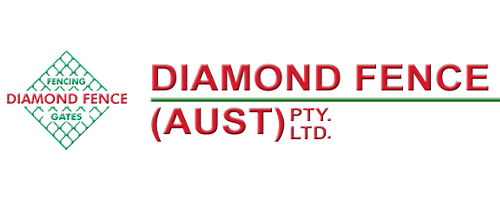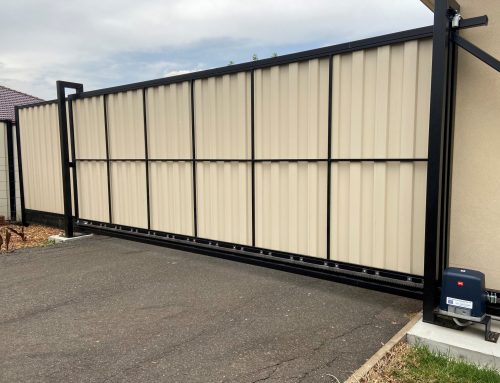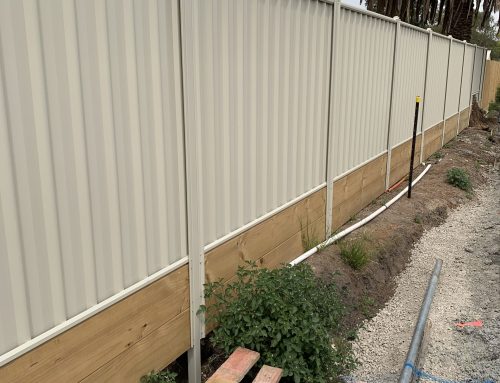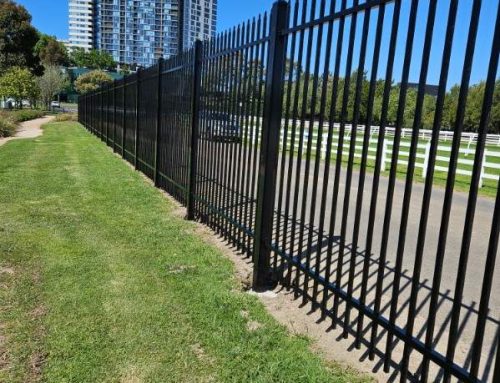Colorbond Steel Fence Thermal Efficiency? What Is That?
Thermal Efficiency of Colorbond steel, or Colorbond steel fence? What is that? Or why should you know anything about it? Well, let us answer this one for you. This blog post is not only for the fencing fans out there, but everyone who has anything made of Colorbond steel. May it be a fences, roofs, gutter or something else. So sit back, relax and enjoy the ride. Colorbond steel thermal efficiency, let’s get started.
Have you ever heard saying: “Repetition is the mother of wisdom.” Hopefully yes, but if not, there you have it. In Diamond Fence fencing blog we love to revise the topics we’ve already talked about. Why? Because we know that living a busy lifestyle in Melbourne many of us have barely any time to sit, relax and even eat slowly and properly, this is why we also know that there’s a limited time you can spend on fencing blogs like ours. So if you do occasionally end up reading our fencing blog, we want to make sure that you haven’t missed any important fencing details, or anything fencing related we think you should know.
This time we will also start with a small run over. What is Colorbond steel? Since 1966, Colorbond steel has changed greatly. Not only the range of the colour palette of Colorbond steel, but also the production methods have changed. Nowadays Colorbond steel base is made to meet the Australian Standard AS 1397. The steel base of the Colorbond steel panels are coated with Activate® technology, patented by BlueScope’s globally, which gives Colorbond steel high-standard anti-corrosion performance.
A thin pre-treatment layer allows for further coatings to stick to one another, and then the polyester primer is baked on to the surface. The topcoat is added which is a specifically developed exterior grade lead-free paint, and then it’s baked on. All those separate layers of coatings will make sure that the Colorbond steel comes out resistant to chipping, peeling or any cracking, so you’re Colorbond steel fence, roof or whatever item will maintain it’s quality for longer.
Before we can proceed to answer the question what is Colorbond steel thermal efficiency, we need to understand what is thermal effect on materials.
As usual, we use the help of our beloved Google to define some things. Let’s start.
The definition of thermal, for those who don’t know, is of, relating to, or caused by heat.
Thermal effect on materials – without getting too scientific, we can think of thermal effect as the effect caused by a temperature variation forced from outside or due to internal processes. Sometimes you can use thermal response, thermal causes or thermal load.
So what do you mean by thermal effect efficiency of Colorbond steel? Ordinary metals like steels and aluminimum can’t resist hight temperature, but Colorbond steel is made spesifically to be non-combustible. When it comes to the temperature then Colorbond steel is also made using Thermatech® solar reflectance technology and that means that it reflects more sun on hot Melbourne summer days. So we’d say it’s pretty useful as if you’re using Colorbond steel as a roofing material, then you will have to use less air-conditioning on hot days as your roof is not heating up thus not making your house like a hot mess inside. And also being solar reflective reduces the stress on your roof. And if you have a Colorbond steel fence or gate then you can reset assured that you won’t burn your fingertips off when you will try to open it during hot summer days.
So yes, Colorbond steel has come a long way since 1966. And now the technologies used to produce it are making sure that it’s thermal efficient not only for the financial savings, but also for our environment as well.
Diamond Fence offers Colorbond steel fencing for industrial and commercial purposes. Therefore don’t wait and call us on (03) 9753 4566, shoot us an email on info@diamondfence.com.au, or just get a FREE online quote.








